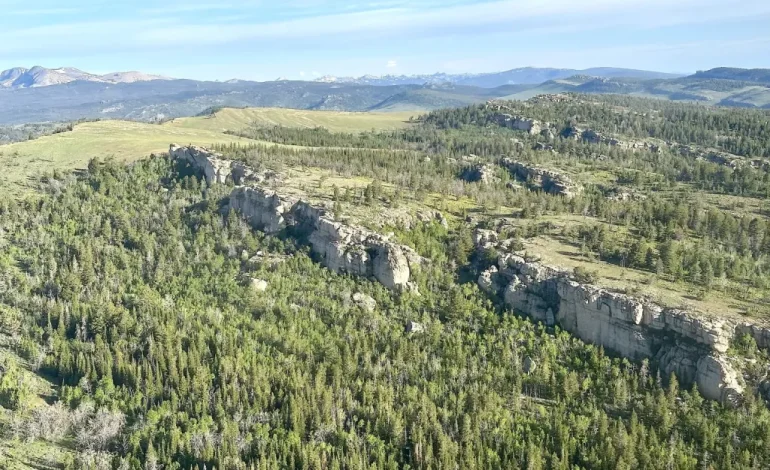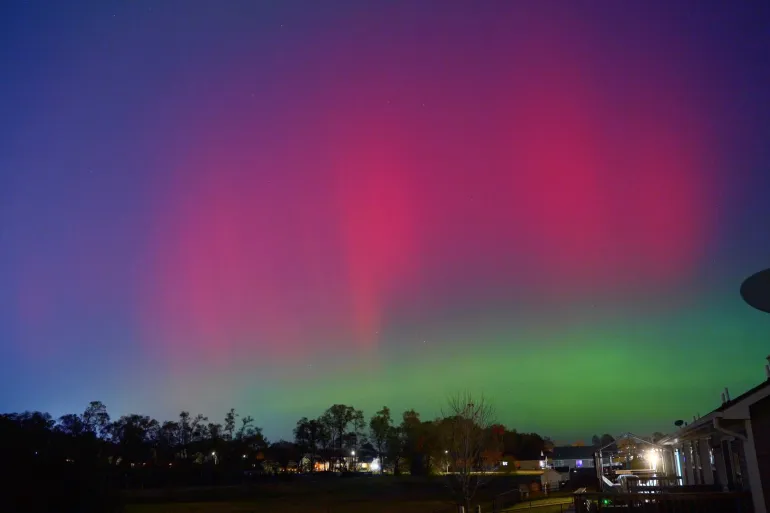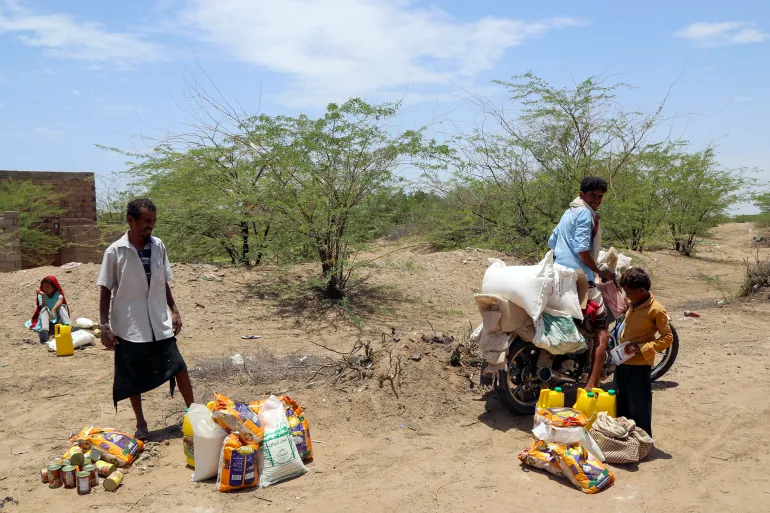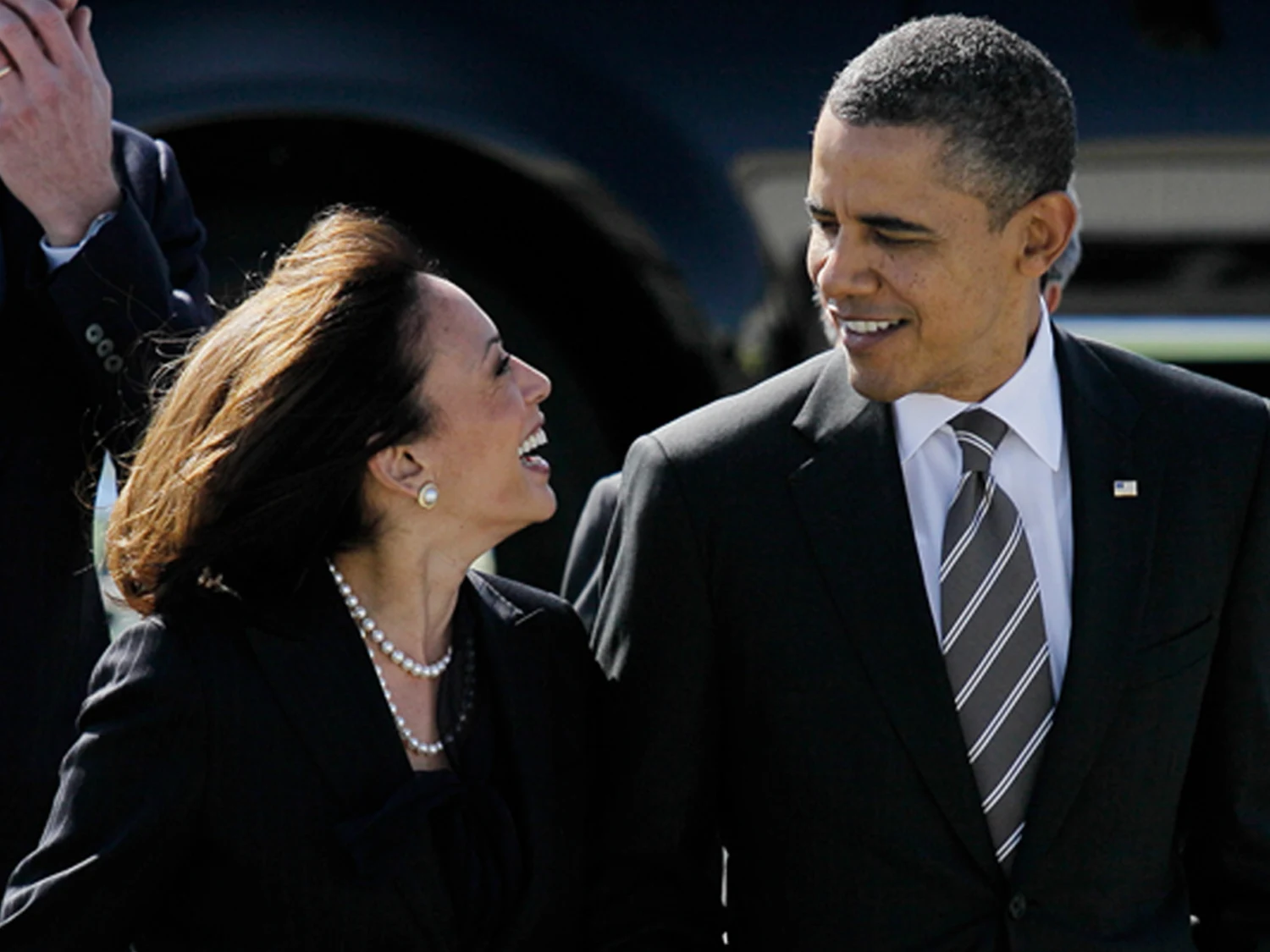Trump Administration Repeals Roadless Rule, Opening 3.3 Million Acres in Wyoming to Development

The US Department of Agriculture has announced the repeal of a landmark conservation measure, effectively lifting protections on millions of acres of national forest land across the country, including 3.3 million acres in Wyoming.
The decision, made by Agriculture Secretary Brooke Rollins and announced on June 24, 2025, during a Western Governors’ Association meeting in New Mexico, reverses the 2001 Roadless Rule, a Clinton-era policy that has preserved roadless areas for nearly a quarter century.
The repeal permits road construction and commercial logging in previously protected areas, including land within nine national forests in Wyoming, such as parts of the Bridger-Teton National Forest bordering communities like Alpine, Star Valley Ranch, Jackson, and Pinedale. The change aligns with the Trump administration’s broader strategy to expand domestic timber harvesting and reduce restrictions on land use in federal forests.
Nationally, the rollback affects nearly 59 million acres of federal forestland—an area roughly the size of Wyoming—that had been managed to prohibit roadbuilding and large-scale development. The Roadless Rule was established in 2001 to protect remote public lands from fragmentation and preserve their ecological integrity. It has since faced legal challenges, modifications, and attempted repeals, especially in the Tongass National Forest in Alaska.
Rollins characterized the rule as “faulty and misguided” and said rescinding it would enhance forest management and reduce wildfire risk.
“Nearly half of all inventoried roadless areas are considered high or very high risk for wildfire,” she said, pointing to more than 8 million acres of burned roadless land since the rule’s implementation.
In Wyoming, reactions to the repeal have been mixed. Some local officials and land managers welcomed the move, citing wildfire threats and forest health concerns. Lincoln County Commissioner Kent Connelly, for example, noted that a lack of forest thinning in areas like the Greys River drainage puts nearby communities at risk.
“Alpine is totally in trouble if we catch the Greys River on fire,” Connelly warned during a recent legislative committee meeting in Pinedale.
Wyoming State Forester Kelly Norris added that the change could help resolve planning inconsistencies across multiple national forests in the state. She noted that forests like the Bighorn, Bridger-Teton, and Medicine Bow-Routt still operate under land-use plans written before the 2001 rule was adopted.
Conservation organizations and outdoor recreation groups have expressed deep concern about the decision. Peggie dePasquale of the Wyoming Wilderness Association described the move as a “major blow” to the state’s environmental values.
“Clean water, clean air, healthy wildlife populations, and opportunities to escape into pristine landscapes … are all characteristics we stand to lose,” she said.
Other national groups, including Backcountry Hunters and Anglers, oppose the rollback on similar grounds. The group argues that the decision undermines habitat protection and could negatively impact hunting, fishing, and wildlife conservation efforts.
The decision has also reignited political debate in Washington. Rep. Andrea Salinas (D-Ore.) has reintroduced legislation to codify roadless area protections into law, ensuring any future rollbacks would require an act of Congress. The Forest Service is expected to issue a formal notice of the repeal in the coming weeks, setting the stage for possible legal challenges.
The repeal follows a broader pattern of the Trump administration’s efforts to increase access to natural resources, particularly in rural and Western states. Supporters argue that loosening restrictions will boost economic opportunity and enable better wildfire management, while critics maintain it will fragment valuable ecosystems and weaken public land protections.
With input from Oil City News and the New York Times.









The latest news in your social feeds
Subscribe to our social media platforms to stay tuned